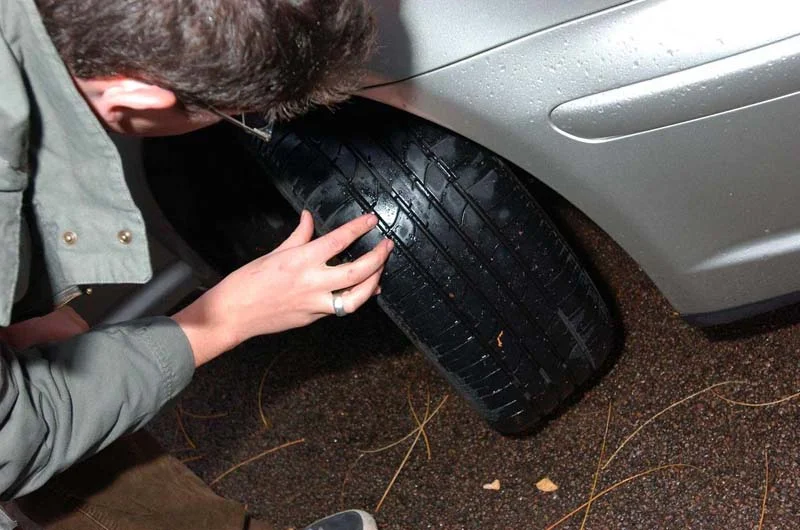![[feature] Winter Driving Guide 2022](https://blogger.googleusercontent.com/img/b/R29vZ2xl/AVvXsEil_rjebUKv8skgS39sWoyf48L0vhKvqOTAAitDzjYV8sBN7tIPiSNb59NUfP2mSIg754zcz3xVRpe5KUit12W3r89Qbgm6b53ZThIJBZmesTb-yWDg3kjZbGfsnC1cMpjgUsxwIbRIDOxqRc_Ql60nc95URkU8I8gHev-MZbKHecSKDHP66wWYCWhs/s16000-rw/car-winter-driving.jpg) |
| Ⓒ Provided by What Car? |
By Claire Evans, What Car?
At some point every winter, the news carries horror stories about drivers who have been caught out by rapidly deteriorating driving conditions and become stranded in their cars. So it makes sense to prepare for the worst, just in case it does happen.
Read More: How to Avoid the Worst Winter Driving Dangers
Part 1 – Getting your car ready for winter
First things first: it's vital that your car is in top working order so it's ready to tackle the worst of driving conditions. We're highlighting these checks as being necessary for winter driving, but if you perform them all year round, you and your car will be prepared for whatever comes your way, whenever it does so. |
| Ⓒ Provided by What Car? |
Tyres
Whether you go for winter, summer or all-year tyres, we recommend you regularly check their condition and pressure. Ensure that your tyres have plenty of tread – 1.6mm across three-quarters of the tyre, all the way round, is the legal minimum, but road safety organisations recommend that tyres have at least 3mm of tread in winter to ensure they have adequate grip in poor conditions.You can measure the tread with a 20p piece. Hold the coin in the tread and so long as the rubber comes above the border around the coin, the tyre is legal.
The recommended tyre pressures for your car will be listed either in the manual or on the door frame.
 |
| Ⓒ Provided by What Car? |
Battery
You don't want to get stuck in the middle of nowhere because of a flat battery, so it's worth taking your car into a garage to have its battery tested. Make sure the battery is in good condition and fully charged and, if you're concerned, carry a set of 'jump' leads with you or invest in a battery booster, so you can jump-start your car if necessary.Brakes and brake lights
Wet, snowy or icy conditions all increase stopping distances. Check that your car's brakes work effectively and that the brake lights are functioning. |
| Ⓒ Provided by What Car? |
Oil
Check oil levels and ensure you use the correct engine oil, because cold weather can make it thicken. Information on which oil to use can be found in the manual, or it can be obtained from the manufacturer's service department.Read More: How to Prepare Your Car for Winter
Washer fluid
You’ll use far more screenwash than normal because of the spray thrown up by damp, salty roads, so make sure you keep it topped up. Also check it's of a high enough concentration so that it won't freeze. |
| Ⓒ Provided by What Car? |
Wipers
Check your windscreen wipers; they shouldn't smear dirt across the screen. If your wipers aren’t clearing the screen properly, clean them first, then replace them if that doesn’t work. Perished or split wiper blades should also be replaced immediately.Fuel
Keep your car topped up with fuel so you can run it to keep warm if you get stuck in snow.Radiator
Top up your radiator with anti-freeze; your local garage will be able to check that it's the right concentration. Anti-freeze comes in different colours, but generally red anti-freeze lasts longer than blue, green or orange-coloured equivalents.Lights
In conditions where visibility is reduced, your car's lights make other road users aware of your presence. Check that all lights are functioning as they should, including brake lights and indicators. Also check your foglights. However, only use them when visibility is poor, because they can dazzle other road users and make your brake lights difficult to see.Read More: The Car Maintenance Schedule You Should Follow
See more at What Car?






















